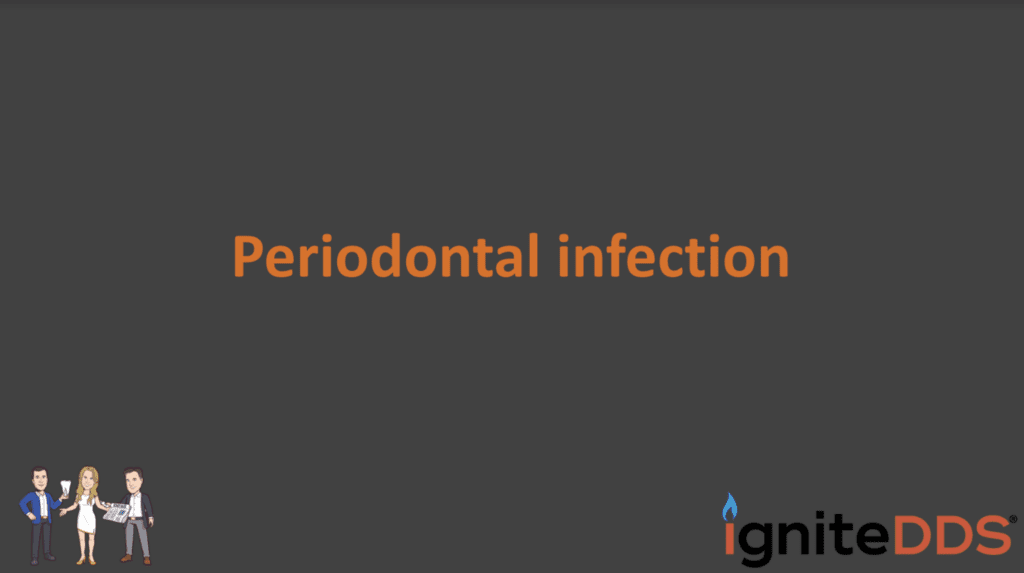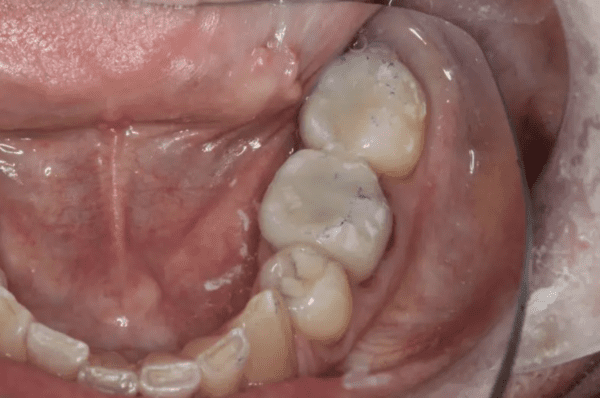![]()
Dr. Jennifer Bell is a native of Lexington, North Carolina. She earned her undergraduate and dental graduate degrees from the University of North Carolina at Chapel Hill.
Upon graduation, she completed the Advanced Education in General Dentistry program at the Veterans Administration Medical Center in Fayetteville, NC.
In 2010, Dr. Bell along with her business partner started a general dentistry practice in Holly Springs, NC. They opened their second practice in Angier, NC in 2017.
Their practices treat all ages and complexity of cases. Her main interests include rehabilitation cases, complex prosthodontic cases, laser dentistry, and sleep disorders.
Dr. Bell has earned a fellowship from the Academy of General Dentistry (AGD) where she has served the North Carolina state chapter as president, committee chair, national delegate, and most recently as executive director.
In addition to her work with the AGD, Dr. Bell is an active member in the American Dental Association, the North Carolina Dental Society, American Academy of Dental Sleep Medicine and a fellow in the International College of Dentists.
In March 2018, she completed and graduated from the Kois Continuum in Seattle, WA. Outside of dentistry, Dr. Bell is active with Kiwanis International and other local philanthropic organizations in her community.
Dr. Jennifer Bell is an innovative and fresh voice in the world of dentistry. She brings a unique perspective on digital innovation, practice management, team building, and leadership development through an engaging and interactive style.
Dr. Bell is a frequent contributor to leading dental publications, speaks on a variety of relevant and timely topics, and co-hosts a popular, weekly dental industry podcast.
Dr. Bell and her husband Brian reside in Holly Springs, NC with their three children.
The Power of Partnership: Building a Successful Dental Practice (Insights from Dr. Jennifer Bell)
Host: Dr. Tanya Sue MaestasGuest: Dr. Jennifer BellEdited By: Candy Velez CRDH Dr. Jennifer Bell shares her…
Building a Strong Dental Team: Trusting Your Gut and Learning from Mistakes with Dr. Jennifer Bell
Host: Dr. Tanya Sue MaestasGuest: Dr. Jennifer BellEdited By: Candy Velez CRDH We are back with Dr….
Scariest Clinical Mistake with Dr. Jennifer Bell
Host: Dr. Tanya Sue MaestasGuest: Dr. Jennifer BellEdited By: Candy Velez CRDH We had the pleasure of…
Financial Mistake of Chasing Tax Breaks with Dr. Bell
Host: Dr. Tanya Sue MaestasGuest: Dr. Jennifer BellEdited By: Candy Velez CRDH Today, we speak with Dr….
Ameloblastoma: Case Study
By: Dr. Jennifer Bell, DDS, FAGD, FICD Have you ever had a patient with ameloblastoma? Here is a…
Tonsilloliths: Case Study
By: Dr. Jennifer Bell, DDS, FAGD, FICD Have you ever had a patient with tonsilloliths? Here is a…
Spontaneous Bone Spurs: Case Study
By: Dr. Jennifer Bell, DDS, FAGD, FICD Have you ever had a patient with spontaneous bone spurs? Here…
Stylohyoid Calcification: Case Study
By: Dr. Jennifer Bell, DDS, FAGD, FICD Have you ever had a patient with stylohyoid calcification? Here is…
Periodontal Infection: Case Study
By: Dr. Jennifer Bell, DDS, FAGD, FICD Have you ever had a patient with a periodontal infection?…
A New Era in Dental Aesthetics: 3D-Printed Bleaching Trays and Micro-Invasive Solutions
By: Dr. Anna Babczyńska-StaszewskaThis topic originally appeared on dmg-connect.com. Dr. Anna gave permission to igniteDDS to share with our readers. [click to open PDF] A female patient (age 25) with chalky white opaque areas covering the middle and incisal thirds of upper central incisors was looking for aesthetic treatment. (Fig. 1). Fig. 1: Initial situation…
Improving the Quality of Life for Patients with Sleep Apnea
By: Steve Carstensen DDSTopic originally appeared on Pankey.org: Dr. Carstensen allowed permission for igniteDDS to share with our readers Sleep apnea is a serious sleep disorder in which breathing stops and restarts many times while sleeping. This will result in not enough oxygen taken by the body, so these patients sleep with their mouths open…
The Importance of Year-End Tax Planning for Dentists: Maximizing Financial Health
By: Todd Doobrow, CFP “Why does my accountant tell me in March what I should have done last November?!?” It is a common complaint we hear from dentists when it comes to their tax planning, and it needs to change now. Tax planning is a critical aspect of financial management for dentists. As the year…
3 Things Dentists Should Stop Saying
By: Dr. Savanah Craig The language we choose to use is incredibly important. Unfortunately, if your dental school was anything like mine, you spend years learning all the technical parts of treatment planning and diagnosis but were never taught how to properly share that information with your patients. Unless we are fortunate enough to have…
Dentist Education: How Do I Predictably Prep Second Molars?
By: Dr. Leonard A. Hess, DDSClinical Director, The Dawson AcademyArticle originally appeared on TheDawsonAcademy.com, Dr. Hess allowed igniteDDS to share with our readers. When delivering a single crown, probably the toughest tooth we can prep for is the second molar. Things to be Aware of When Prepping Second Molars 1. Limited Opening One, usually, there’s…
Questions to Ask When Hiring a Financial Advisor
By: Todd Doobrow, CFP As we head into summer, we are finding many dentists “finally” prioritizing the business generated by their own two hands. Whether you’re planning for retirement, baffled by student loans, saving for your children’s education, or investing for long-term growth, finding the right financial planner can make a significant difference in your…
Help…My Dental Assistant is Messy!
By: Ronda Holman In a bustling dental clinic in a small town, a young dental assistant named Lisa had just joined the team. Eager to learn and help, Lisa had one glaring flaw—she was an incredibly messy dental assistant. She didn’t organize the instruments properly, neglected sterilization throughout the day, and left rooms in disarray…
Post-Orthodontic Questions for Retainers
By: Lee Ann Brady DMDTopic originally appeared on Pankey.org: Dr. Brady allowed permission for igniteDDS to share with our readers As the orthodontic treatment comes to an end, patients can’t wait to remove their braces or Invisalign. Tired of keeping braces and the intricacies of caring for teeth that come with them, they tend to…
The Intersection of Dental Passion & Entrepreneurship: A Deep Dive into the World of Restorative Dental Hygiene with Irene Iancu RRDH
Host: Dr. Tanya Sue MaestasGuest: Irene Iancu RRDHEdited By: Candy Velez CRDH In an enlightening episode of Dental Fuel, Tanya Sue Maestas engages with Irene Iancu, RRDH, a trailblazer in the field of restorative dental hygiene. Based in Toronto, Canada, Iancu’s journey from a passionate dental hygienist to the entrepreneurial owner of her own dental…
The Importance of Coaching with Dr. William Chen
We chatted with Dr. William Chen, who shared his expertise and insights onmistakes, challenges, and the importance of coaching in the dental profession. Host: Dr. Tanya Sue MaestasGuest: Dr. William ChenEdited By: Candy Velez CRDH Trust but Verify: The Power of Coaching in Dentistry Dr. Chen emphasizes the need to trust but verify and highlights…















